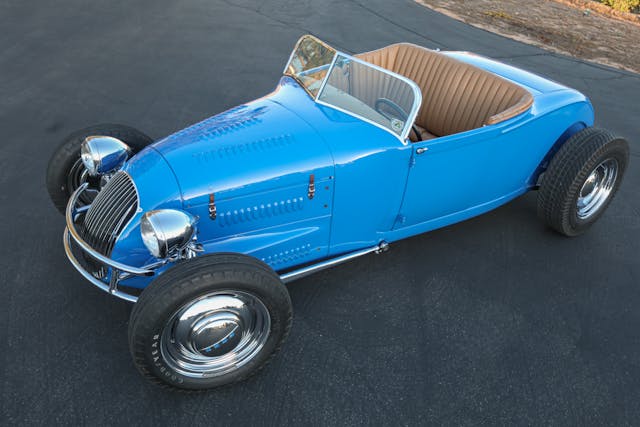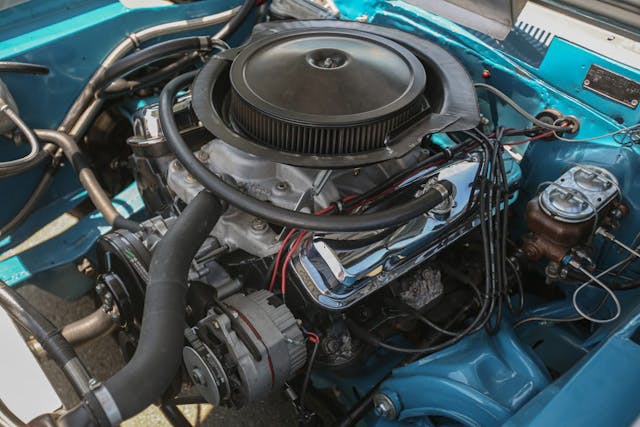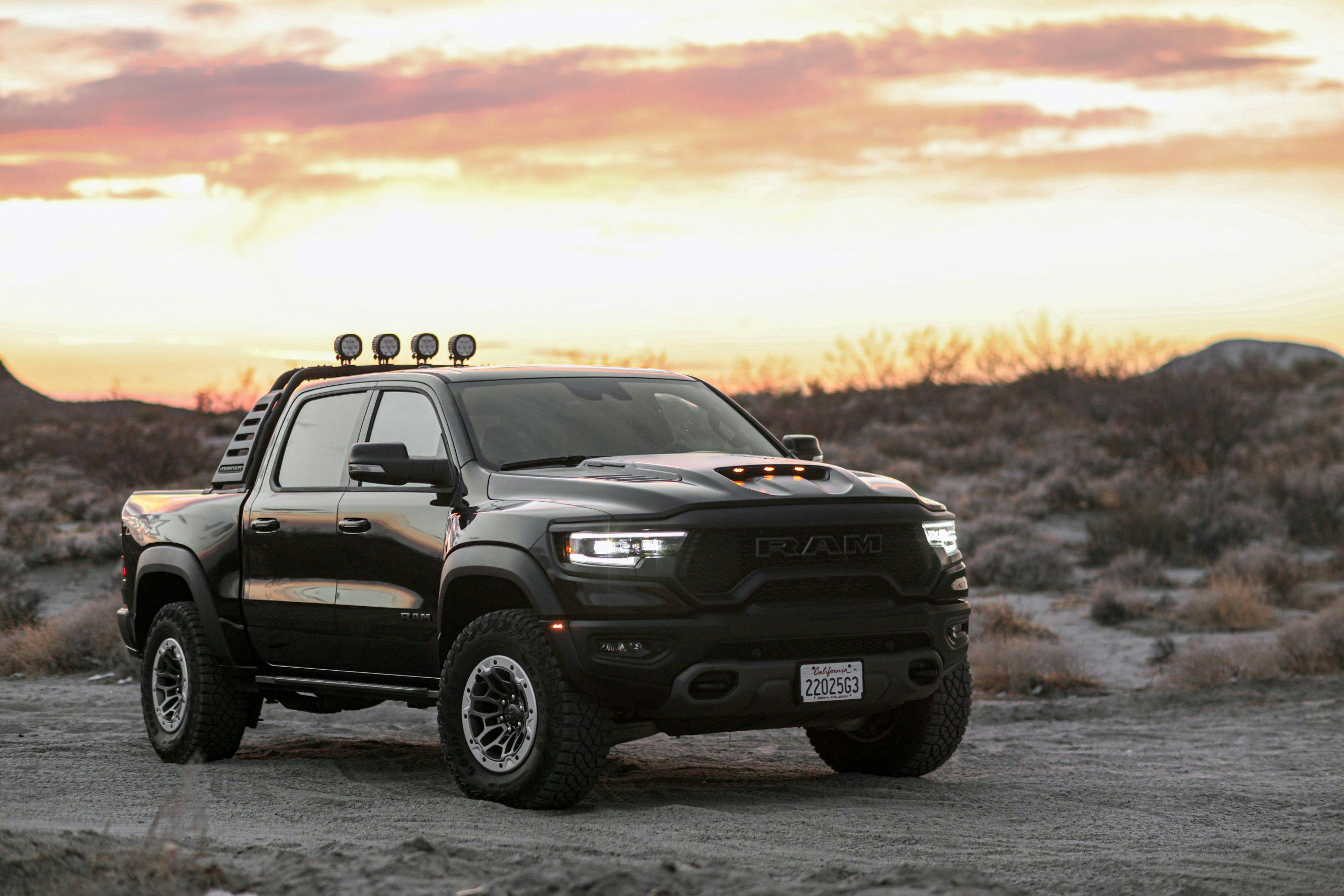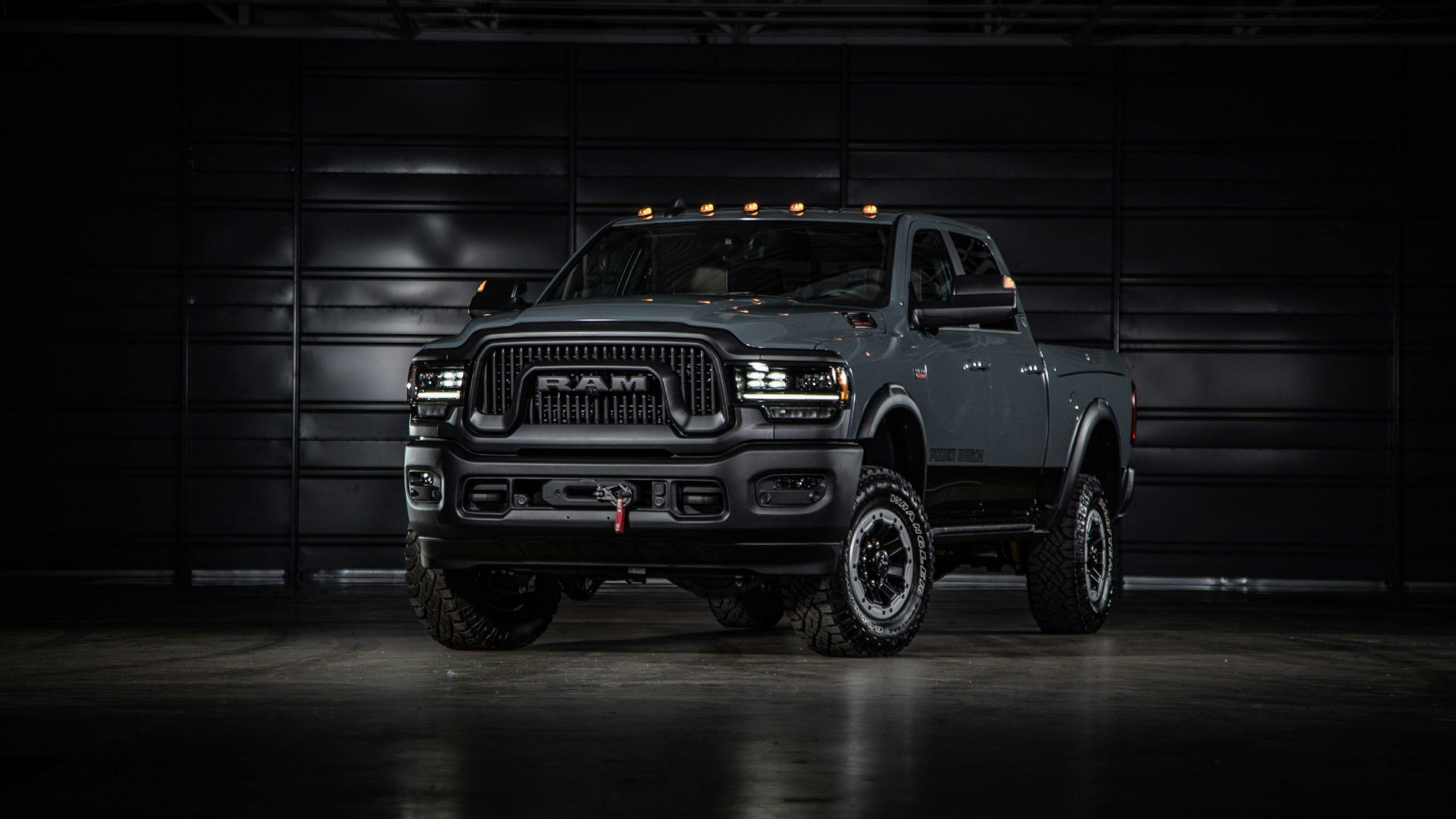4 car terms misused by almost everyone
Automotive enthusiasm has its own glossary. Many of the terms mean something different from one niche of the culture to another, but some have well-established definitions. Below are four of my biggest pet peeves in car nomenclature.
Some argue that because language is always changing, every word acquires a new meaning over time. That’s true, but only if we let them—and why fix what isn’t broken?

1. “Roadster”
The slow evolution of the term roadster is one that I’ll have to accept, but there’s a bar for entry—a point at which a car is simply not a roadster.
A century ago, “roadster” meant a two-seat, topless car with minimal weather protection. A Ford Model A roadster doesn’t have glass side windows, while a Model A cabriolet does. By the 1950s, the word’s meaning had been nudged a little—European sports cars with fabric side curtains and tops were still called roadsters, because their weather gear didn’t do much.
Later, the term evolved into a way to differentiate between sporty, two-seat convertibles and larger, more luxurious four-seat convertibles. That makes for a blurry line, of course. The Porsche 718 Boxster is a roadster, a 5000-pound, four-seat Bentley Continental GTC is not, and there’s plenty of room between the two for debate.
The upcoming Tesla Roadster, with its four seats and its fixed rear roof, is not a roadster by any definition, past or present. What’s so bad about admitting that a car is a targa-top?

2. “Big-block” Pontiac
Spend enough time searching classified ads, you’ll inevitably come across a car powered by a “Pontiac big-block.” There is no Pontiac big-block.
Pontiac unveiled its first V-8 in 1955. For nearly 30 years, until the division replaced its house V-8 with a version of GM’s “corporate” Chevy small-block, there was only one Pontiac V-8 architecture. From 265 cubic inches all the way to 455, Pontiac used just one bore spacing (the distance from the center of one cylinder bore to the center of the adjacent bore in the same bank). The 5.0-liter used in early Trans-Am racing (above) has the same external dimensions as a 455.
(Before anyone mentions it, Big Chief cylinder heads bolted onto a Chevy big-block bottom end don’t make the engine a Pontiac big-block.)
Oldsmobile is the same way, with identical bore spacing in everything from the 303 Rocket to the monster 455. Olds fans like to differentiate between small- and big-block engines based on deck height—the distance from crankshaft center to cylinder top—but that’s not what makes a big-block in my book. Tall-deck Chevy LSX engines are still small-blocks, after all.
With Olds and Pontiac, it seems the confusion comes from the fans themselves—each brand is now dead, and neither used the “small-block” or “big-block” nomenclature in any official capacity.

3. “Heat Soak”
When the C7 Corvette Z06 debuted for 2015, road-racing netizens were quick to assault its supercharged, 650-hp LT4 V-8. They were certain that a naturally aspirated V-8 was the proper choice for a track-focused Corvette.
They had a point, at least for a bit. The initial version of the cooling system in that Z06 wasn’t up to the task of keeping intake air cool for prolonged track sessions at high ambient temperatures. The result was reduced performance. For 2017, Chevrolet remedied the problem with a new cooling system and a supercharger lid with an improved charge cooler. (The latter part also found its way onto later applications of that engine, including the sixth-gen Camaro ZL1.)
Plenty of outlets said those early Z06s were experiencing “heat soak.” They weren’t. The engines in those cars simply produced more heat than the cooling system could deal with. “Heat soak” is what happens when an engine’s cooling system rises in temperature after you shut it off. When the water pump is no longer pumping coolant through the radiator, because that pump only runs when the engine is running.
Park a hot car, fresh off the track, and turn off the engine—coolant temps will continue to climb. If an engine is still running and still pushing coolant through its radiator, but it can’t keep everything happy enough to produce the quoted factory power? We already have a term for that: overheating.

4. “Widebody”
I’ve saved my most pedantic pet peeve for last. Fender flares don’t make a car a widebody.
Blame Dodge for legitimizing this. The picture above is a “widebody” Challenger. The car is also offered in a standard “narrow” configuration, without the fender flares.
If the fenders and quarter panels on the “narrow” and “widebody” versions of a car are the same, something doesn’t add up. Let’s use a Mopar cousin as an example: You could call the Ram TRX (below, left) a widebody, sure. The body is substantially different from that of the base Ram. But the Power Wagon? I don’t think so.
Many of you probably disagree with these silly opinions. I’d love to hear your own car-language pet peeves—share them in the comments! (Just don’t expect to change my mind.)
***
Check out the Hagerty Media homepage so you don’t miss a single story, or better yet, bookmark it. To get our best stories delivered right to your inbox, subscribe to our newsletters.





I remember attending a British car show on my BMW R75/5 motorcycle. I had a wonderful conversation with some TC and TD owners. One of them also rode a BMW motorcycle. He claimed that on a rainy day he stayed much dryer riding the BMW than driving the MG TC!
…and on my ’83 R100/RS, one can stick one’s boots under the “jugs” to keep the tootsies warm as well… can’t do THAT on a Harley… (insert evil laugh here)
Coilover suspension. When did “coilover” start to mean “adjustable spring perch”. A coilover suspension is one in which a coil spring is attached to a shock absorber. This damper/spring unit holds up the car. It does not define the suspension goemetry. This “coilover unit” can be removed while the car is on a chassis lift and the suspension geometry does not change. A stock Miata has coilover suspension. A Porsche Cayman with with adjustable perches on its struts does not have a coilover suspension.
I think the vast majority of folks who see a coil over a shock automatically say….Strut……
+1 to richard rudolph ,, you can add k series lincolns to the list
The Jaguar line up always confuses people – XK120, XK140, XK150 – C-TYPE D-TYPE, and eventually the E-TYPE, not necessarily an “XKE” as the car is often identified – although the car did had the XK engine initially
Just plain WRONG about Olds big block/small blocks. Yes all ‘modern’ Olds V8 260-455 had same bore center with deck height being different. Small blocks used the same 3.38 stroke from 1964 until they stopped making their own engines, only with different bores. 260-403 used same stroke. Crank journals were the same (except for 350 diesel). Big blocks had taller decks and larger crank journals. NOT interchangeable with small blocks. Big blocks shared 3.98 stroke until 1968 when it was upped to 4.25. varied bore sizes. Heads could be bolted on from any displacement, but chamber and valve size differed. Pontiacs had the same physical size but the FACTORY said that anything above 350 was a big block. That came fro the days when they restricted displacement in the midsize cars until the GTO came out. Same with ‘modern’ Buick 350+ was big block. FYI: Buick 455 was almost the same weight as small block Chevy.
Actually anti-roll bar is the correct term. They reduce body roll, and have nothing to do with a car rolling over 😊.
“Targa-top”. Now there’s an ill-defined term. Is it a folding, soft-top with a frame, like the original Porsche Targas? Or can it be hard? To make matters worse, the most recent Targas are retractable hard tops. And mid-seventies, Porsche made a removable hardtop for their Targas, as an option, albeit an extremely rare one. And, according to the California DMV, a Porsche “Targa” is a convertible. But the one that really confuses me is the British term “drophead” and “drophead coupe”. When we’re all done, I think the top comes off, or goes down or something…..
That’s why it’s a steam engine not a steam motor. It reciprocates.
A Cayman is definitely not a roadster. It is the hardtop version of a Boxster. A Baxter may be considered a roadster by modern usage.
Porsche Cayman is not a “roadster”, it’s a coupe. The Boxter is a “roadster”.
Coupe, like Coop? Or more elegantly a Coupe….like CoupA ?
The Porsche Cayman is a hardtop coupe. I believe you meant to say a Porsche Boxster.
Boxster is a convertible not a roadster, it has a soft top and roll up windows…roadster has neither.
Pet peeve: “Pillarless hardtops”…. redundant. “Pillarless” in describing a hardtop is just adding filler words.
Same with 2 or four door “post”. No manufacturer ever sold a four door “post” anything. A hardtop is the exception. Because it has no B Pillar.
I recently saw two You Tube content creators refer to the four door sedans they were featuring as “Crew Cabs”. FFS.
Switch, change and swap “out”. The item is already going “out”. The “out” is a filler word… as in “word salad”.
Used to make ta process sound more complex than it really is.
Language matters.
A ‘post’ car is generally called a sedan.
Unless it is a Pillared hardtop. The 60’s Lincolns and four door T-Birds have frameless windows, but still have a post. The manual and advertising called it a pillared hardtop.
There are some GM, Ford & Chrysler hardtop station wagons too, no post between the doors on those.
I think my ’92 Diamante had the pillared ‘hardtop’ if my Bourbon soaked memory is right
Lets not forget Survivor, Original, Barn Find and even Restored. Most abused terms in the hobby.
My biggest pet peeve is people saying “VIN number” and so many people do. VIN is short for Vehicle Identification Number. Therefore, saying VIN number is redundant because you are saying Vehicle Identification Number Number. You surely wouldn’t repeat yourself like that!
I’ve noticed that for years too. What’s worse is they use that at the RMV!
My pet peeve is the misused term “rat rod(s)” It used to mean a purposely built hot rod style car that lacks cosmetics but is usually has a powerful built motor/engine/power plant for street racing or booze running.
Today wannabe gearheads use the term for even grannys’ car that needs paint work.